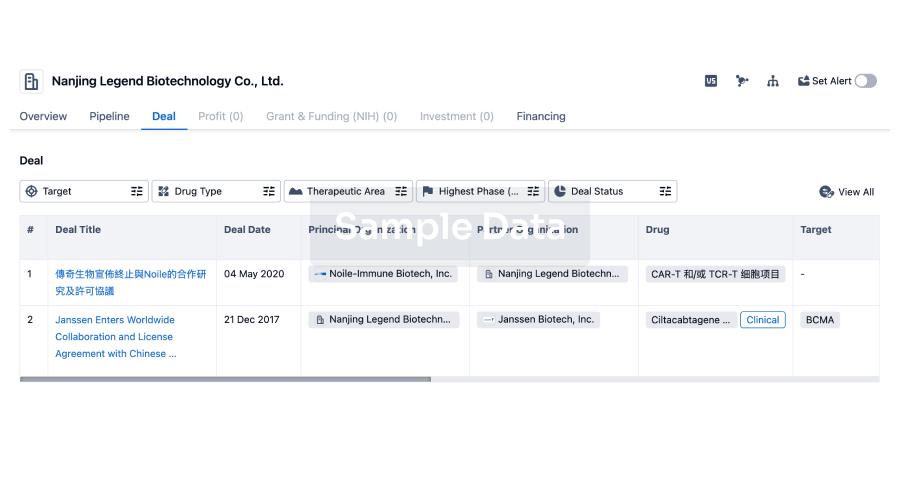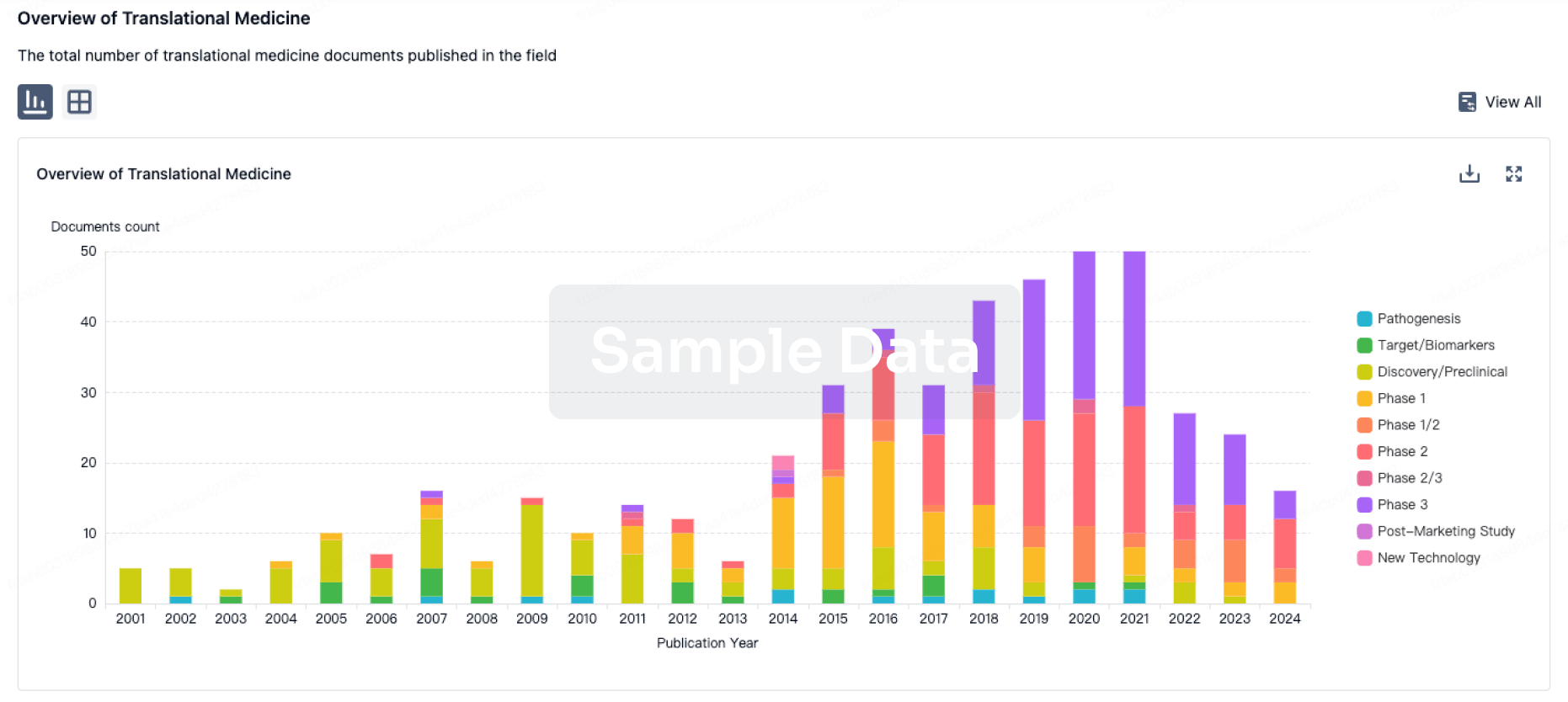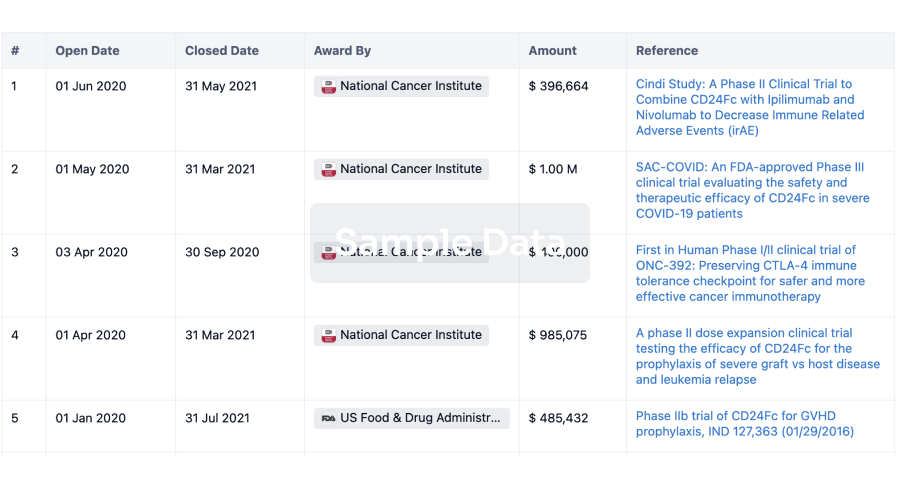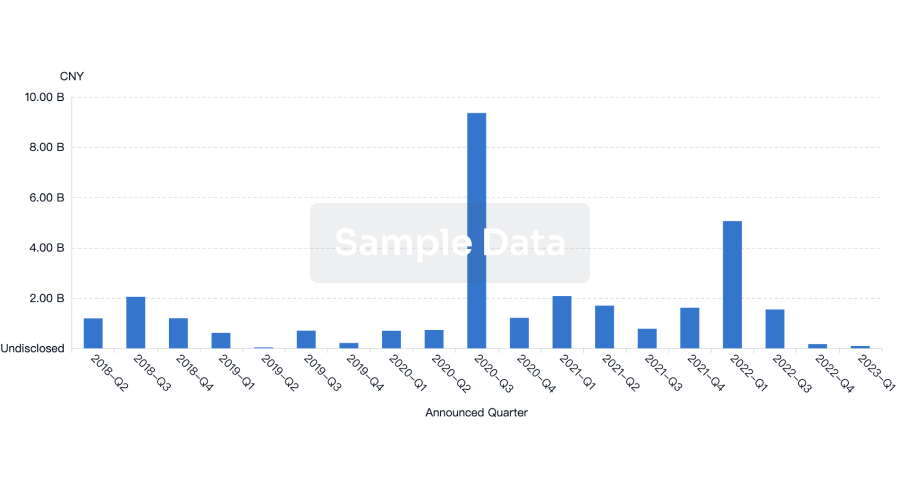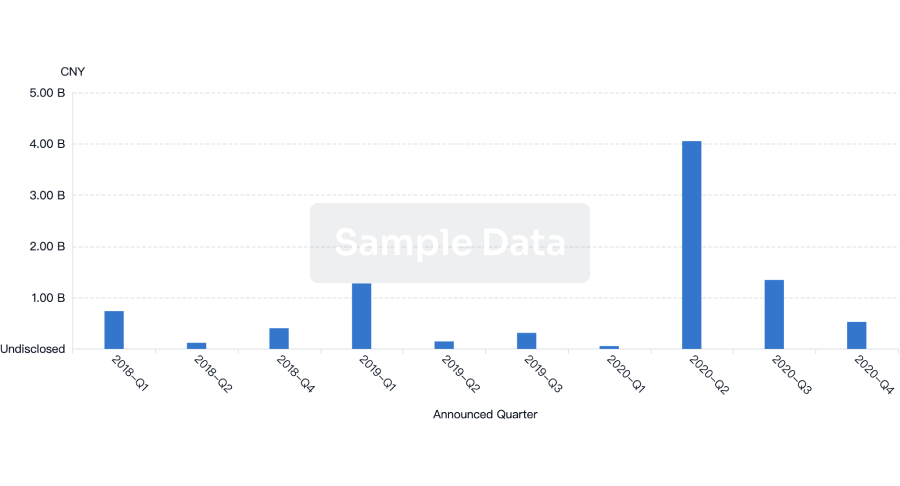Comparison of Safety and Clinical Benefit of Injections Subcutaneously Talazoparib Versus Oral Talazoparib in Patients With Advanced Solid Tumors ( Phase I )
To assess the safety and efficacy of two forms of Talazoparib therapy (injections subcutaneously Talazoparib and oral form for the treatment in the equivalent therapeutics dose
/ TerminatedNot ApplicableIIT Randomized Study on Determine the Expression of the Furin Protein in Patients With Confirmed COVID-19 Disease (in Various Phases of the Disease), Recovered From SARS-CoV-2 and Vaccinated Against Coronavirus (All Types of Vaccines)
The rapid spread of SARS-CoV-2 (also known as 2019-nCoV and HCoV-19 1), a novel beta coronavirus B lineage (βCoV), has sparked a global coronavirus disease (COVID-19) pandemic. It has been suggested that RRAR, a unique furin-like cleavage site (FCS) in the spike protein (S) that is absent in other B βCoV lines such as SARS-CoV, is responsible for its high infectivity and transmissibility.
Furin is a protein with a special function of a fermentative biocatalyst: which recognizes the degree of maturity of a group of amino acids Functionally, Furin works to renew the body, but it is also a path to the introduction of the SARS-CoV virus into a living human cell, HIV virus, Ebola virus, and others that penetrate a human cell using the Furin protein, sending a conditioned signal from the extracellular matrix, and gives the virus the opportunity to merge the protein of the coronavirus spike and the protein content of the cut cell, which activates the phase of virus replication in the body.
We hypothesize that measuring the quantitative indicators of Furin protein expression in patients (at the onset of the disease) who have recovered from SARS-CoV-2 and vaccinated (with all types of vaccines) against coronavirus can provide an understanding of the molecular-cellular mechanisms of the virus's cellular invasion. This means that it will be possible to find new ways to prevent the fusion of the membranes of infected cells with normal ones (this mechanism allows the virus to spread throughout the body without leaving the affected cells).
Protein identification will be carried out by Enhanced Chemiluminescence (ECL) (the method of enhanced chemiluminescence differs from the method of immunochemical staining using chromogenic substrates by a much greater sensitivity)
Pilot Study to Evaluate the Safety, Tolerability and Effectiveness of Intranasal Administration of Temozolomide in Patients With Glioblastoma (Phase I)
The purpose of this pilot study is to determine the safety, tolerability, and the maximum tolerated dose intranasal administration of temozolomide (TMZ) as a single agent in Treatment on the patients with GBM.
Intranasal administration is a new method of treating brain tumours for the direct administration of drugs, inhibitors or viruses, with minimal involvement of the BBB. The investigators know the orally prescribed standard chemotherapy temozolomide (TMZ) is widely used to treat glioma tumours.
Received evidence of safety and efficacy in a full cycle of preclinical trials (on GLP Standart) and tests of calculated doses of intranasal administration of TMZ in healthy volunteers.
Intranasal administration of temozolomide is considered as GBM therapy, which provides direct access to a therapeutic dose of the drug into the brain (to the neoplastic process) with low toxicity
100 Clinical Results associated with Center Trials & Treatment Europe
0 Patents (Medical) associated with Center Trials & Treatment Europe
100 Deals associated with Center Trials & Treatment Europe
100 Translational Medicine associated with Center Trials & Treatment Europe

